The Arcane Landscape In Suffolk Revealed
History, the ritual landscape and geometry once resonated very much as one. Faint traces of our ancestors whose silent whispers in the landscape once conveyed so much awe and splendour now sadly lie silent, their purpose and meaning largely forgotten, for in general there is a present day lack of any real sense of connectedness.

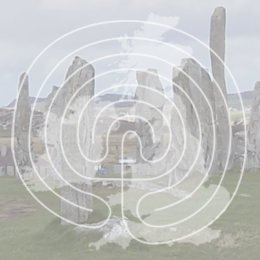

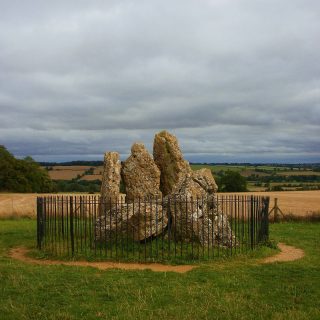
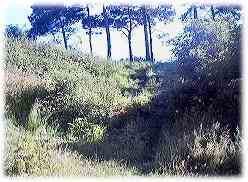
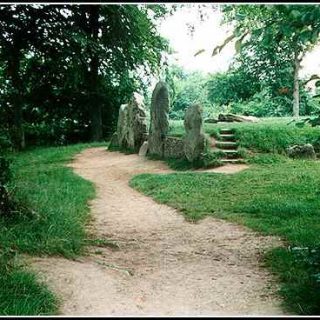
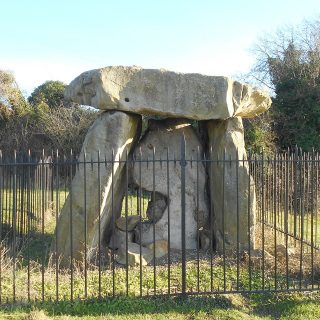
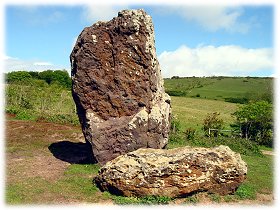
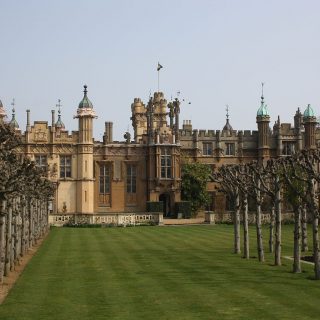
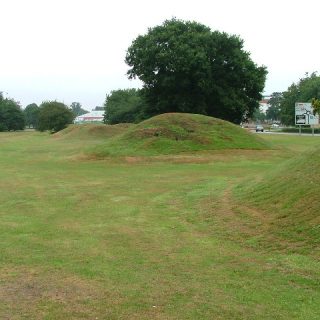
Recent Comments